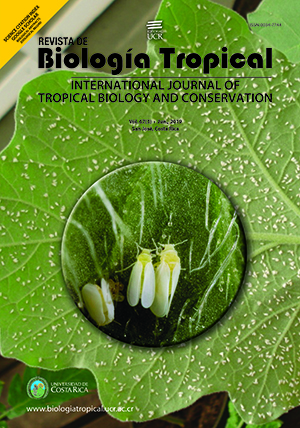Abstract
Predator perception studies generally only regard adults. However, it is necessary to also understand children perceptions in order to achieve more effective long term conservation and environmental educational strategies, since many of them will be the future resource managers. We analyze perceptions of the jaguar amongst children (n = 89) between 8 and 12 years old, in the Sierra de Manantlán Biosphere Reserve (SMBR) and its influence zone (ZI). To understand their perceptions, we organized workshops, using open-ended questions, to be answered with drawings: What animals live in the forest? Which dangerous animals live in the forest? What do jaguars look like and what do they eat? In all questions, we specified that we referred to animals close to their community. Apparently collective apprehension influences, which animals are perceived as part of the environment. Our results suggest that the jaguar is not conceived as part of the (direct) environment, but is conceived as dangerous animal in the area. Snakes are most mentioned as part of the environment; at the same time, they are perceived as the most dangerous. In the dangerous animal drawings, there were 72 mentions of no native animals. In all cases, more than half of the children knew the basic shape of a jaguar. Overall in the SMBR, most children drew cattle as the main food staple for the jaguar, representing one of the human-jaguar conflicts. Half of children drew deer as jaguar diet in the SMBR and one third in the ZI. A considerable number of children included humans in the jaguar diet in both zones. We conclude that it is necessary to develop strategies to change the negative perceptions of the jaguar. As such, it is important to generate educational material and carry out educational campaigns that highlight the ecological importance of the jaguar, and emphasizing those livestock management actions to reduce predation and the disappearance of false beliefs; which include jaguar as a people eater. In summary, is important to generate greater empathy with the jaguar, and clarify misconceptions that may affect the long-term survival of the jaguar in these areas.
##plugins.facebook.comentarios##

This work is licensed under a Creative Commons Attribution 4.0 International License.
Copyright (c) 2019 Juan Pablo Esparza-Carlos, Peter R. W. Gerritsen, Salma Andrea López-Parraguirre, María Davidnia García-Rojas, Juan Luis Peña-Mondragon



